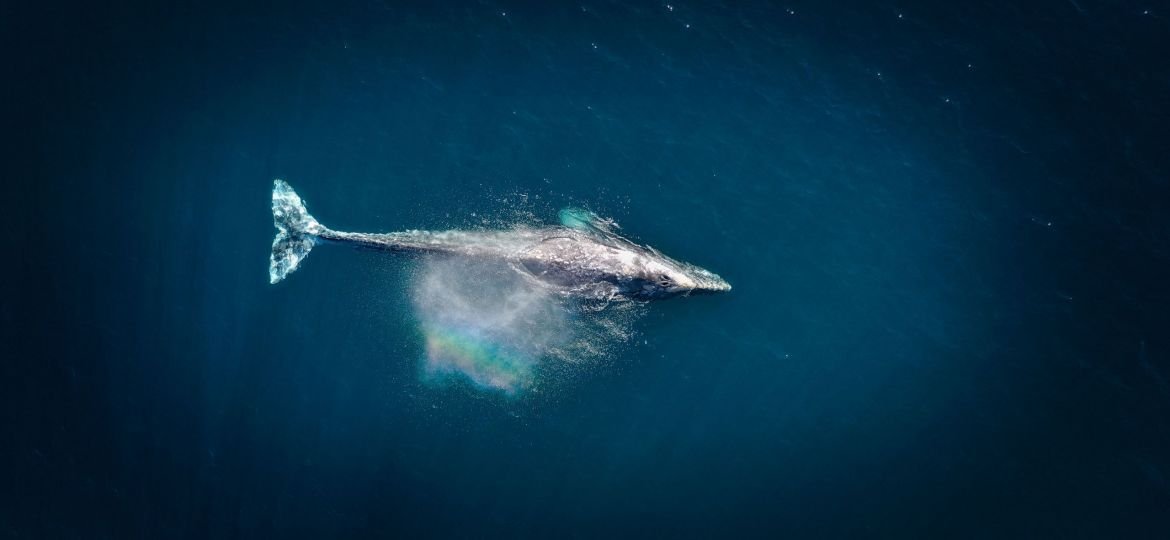
Recently, over 300 cetacean experts from more than 40 countries – including Chile – signed an open letter addressed to global leaders around the world calling for action on the precarious situation of many populations of cetaceans. The scientists say the problem has reached “a critical point” and call on policy makers to take concrete actions to prevent their extinction.
If you are interested in learning more about the campaign, click here to view the document and here to read more about the statement.
In the world, there are over 90 species of cetaceans (whales, dolphins and porpoises). More than half of them are in a worrying state of conservation, according to the International Union for Conservation of Nature (IUCN). For this reason, a group of over 300 scientists from 40 countries –including Chile– recently sent an open letter addressed to the political authorities of countries around the world to demand greater protection for cetaceans.
In the document, the signing specialists warn that “The lack of concrete action to address threats adversely affecting cetaceans in our increasingly busy, polluted, over-exploited and human-dominated seas and major river systems, means that many, one after another, will likely be declared extinct within our lifetimes.”
The researchers point out that even the great whales are not safe and as an example they mention the recent listing of the North Atlantic right whale, Eubalaena glacialis, by the International Union for Conservation of Nature (IUCN) as “Critically Endangered”.
This fact, they explain, reveals the failure of the countries -in whose waters this species is found- to protect it from “a critical decline,” adding that only a few hundred individuals remain in the world and that if action is not taken soon, the loss will be imminent.
As well as this case, there are others that are particularly worrying, such as the vaquita, Phocoena sinus, in the Gulf of California, Mexico, which is on the verge of extinction, with an estimated population of only 10 individuals. Meanwhile, in 2017 the baiji or Chinese river dolphin, Lipotes vexillifer, was classified by the IUCN as “Possibly Extinct”, so “there is little hope”, the document says.
In the statement, the signatories call on countries with cetaceans in their waters to take “precautionary” measures to adequately protect them from human activity, “including implementing appropriate and fully resourced monitoring.”
They also call for strengthening relevant international bodies that seek to address threats to cetaceans, such as the International Whaling Commission and the Convention for the Conservation of Migratory Species of Wild Animals.
Among the main threats affecting cetaceans today are chemical and noise pollution, loss of habitat and prey, climate change and ship-strikes.
The Case of Chile
Chile is home to a great amount of cetaceans compared to other countries. Approximately 43 of the 90 known species in the world are found in our country at least once a year.
The case of the southern right whale is one of the most worrying examples of conservation. Its “Critically Endangered” status – with an estimated population of around 50 individuals between Chile and Peru – “has led the authorities to prohibit people from approaching the species and they are only allowed be seen from the ground. In fact, three of these individuals were sighted around the island of Chiloé in August, which caused great excitement and expectation among the inhabitants of the archipelago and the specialists,” said Sonia Español-Jiménez, researcher and leader of the MERI Foundation’s oceans area.
To protect large cetaceans, MERI Foundation and the Chilean Ministry of the Environment are promoting a pilot early warning project in the Northern Patagonia area –one of the most populated areas thanks to the great supply of food– known as the Blue Boat Initiative, which will allow, through smart buoys, to monitor the paths of the cetaceans and alert vessels to the presence of these mammals in order to avoid collisions. The first buoys will be installed at the end of the year or early next year.
“Whales capture up to 33 tons of carbon dioxide in their bodies throughout their lives. Losing one has invaluable repercussions, not only in the field of conservation, but also in mitigating and building resilience to climate change,” the researcher concluded.

